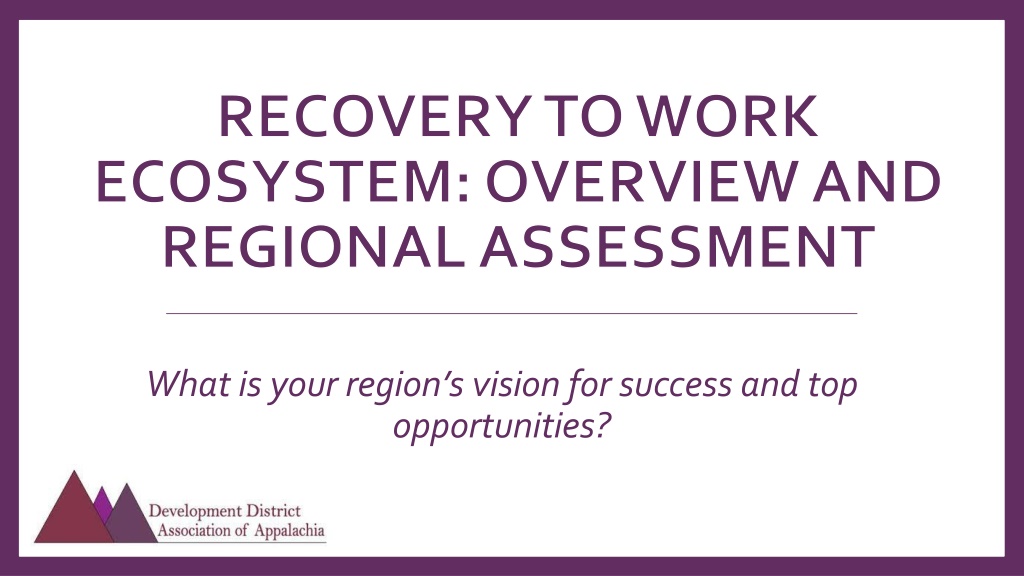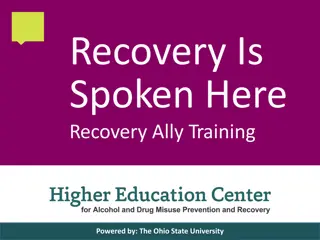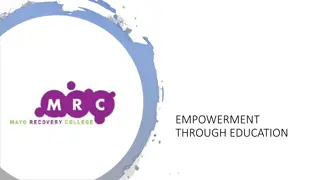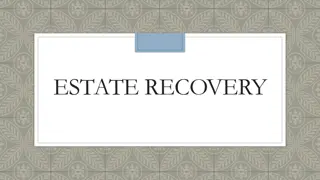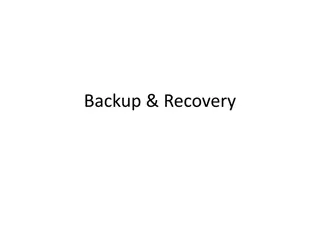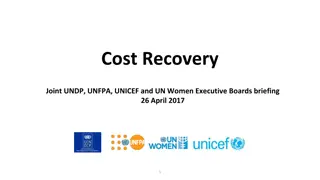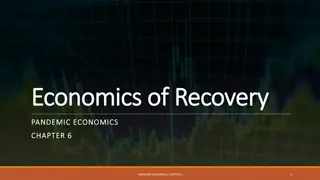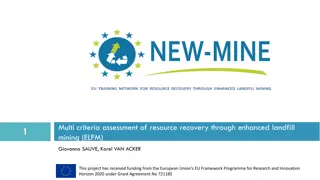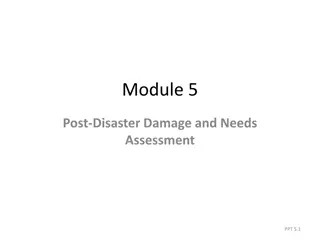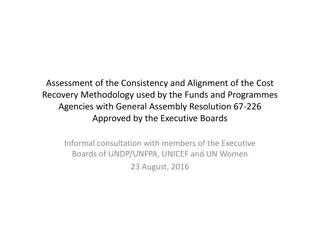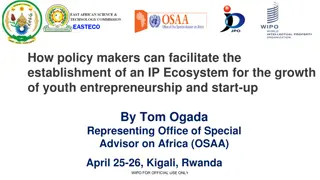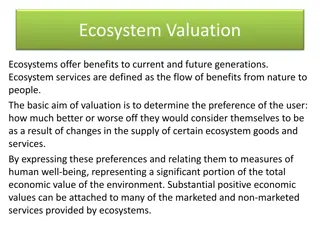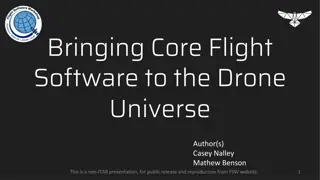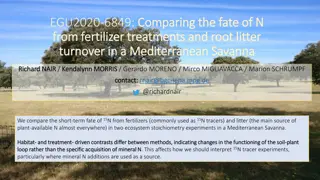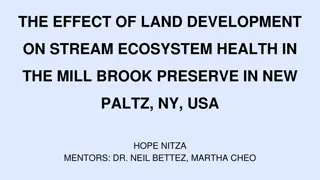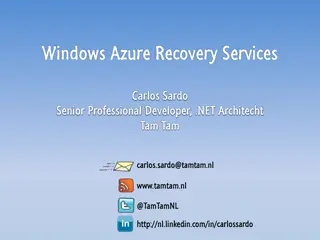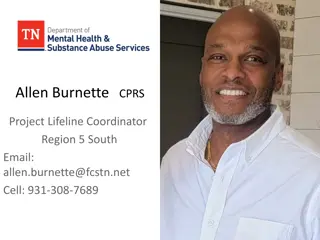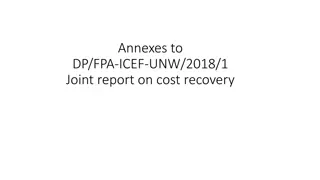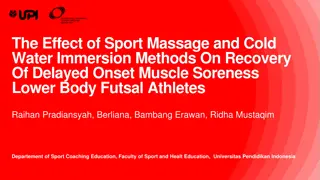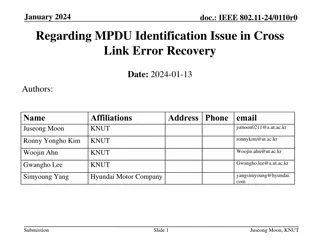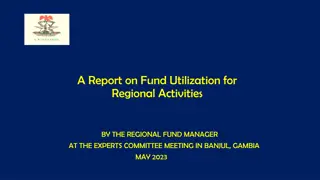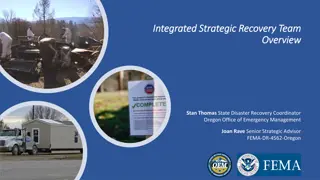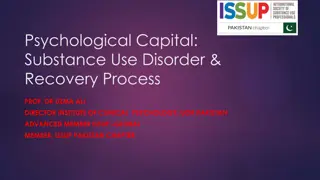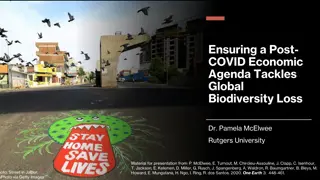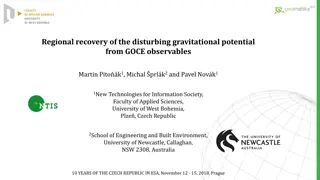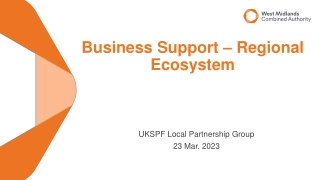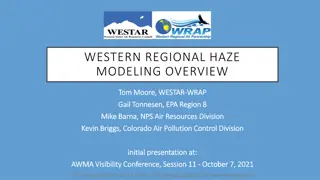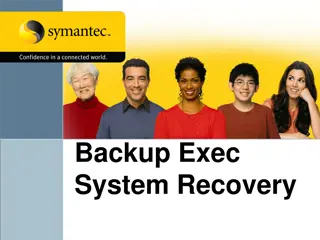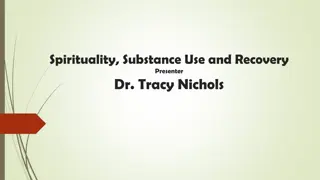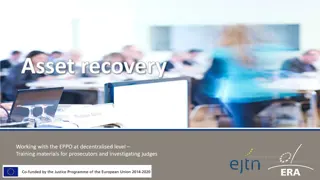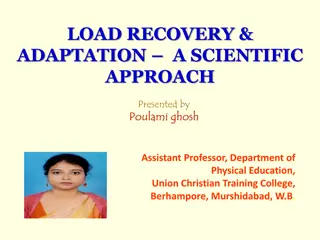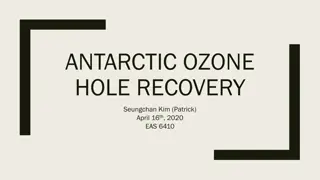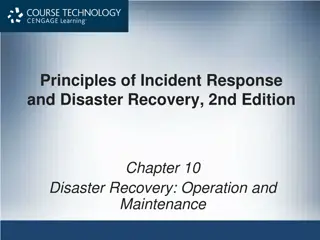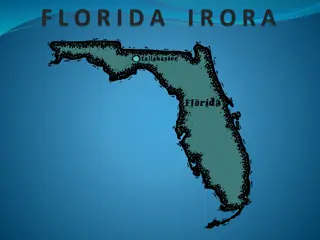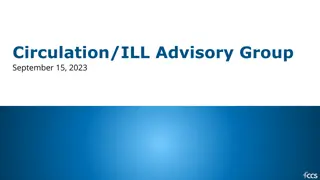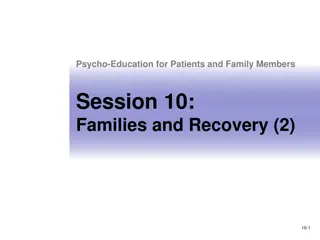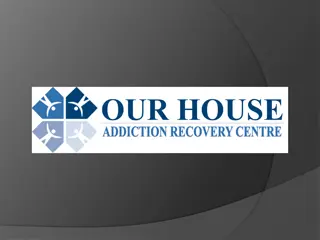Regional Recovery to Work Ecosystem Assessment and Goals
In this assessment, the focus is on the vision for success and top opportunities within the Recovery to Work Ecosystem. Goals include organizing stakeholders, engaging and supporting businesses, and providing wrap-around support for jobseekers. The discussions cover collaborative efforts, strengths, areas needing improvement, and key opportunities within the regional ecosystem.
Download Presentation

Please find below an Image/Link to download the presentation.
The content on the website is provided AS IS for your information and personal use only. It may not be sold, licensed, or shared on other websites without obtaining consent from the author. Download presentation by click this link. If you encounter any issues during the download, it is possible that the publisher has removed the file from their server.
E N D
Presentation Transcript
RECOVERY TO WORK ECOSYSTEM: OVERVIEW AND REGIONAL ASSESSMENT What is your region s vision for success and top opportunities?
Recovery to Work Ecosystem Goals 1. Organize Regional Stakeholders to Create a Continuum of Care 2. Engage and Supporting Businesses as Recovery-to-Work Partners So They Hire and Support Workers in Recovery 3. Facilitate Wrap-Around Support for Jobseekers and Workers with SUD to Ensure Lasting Recovery and Employment
Goal 1: Organizing Stakeholders What is a tangible, measurable change you would like to see in how regional stakeholders (across economic development, workforce development, recovery organizations, public health, and others) collaborate on recovery to work issues? Success is: [insert a shared measure of success it may be different than what you developed from your organization s point of view] Success is: [insert a shared measure of success it may be different than what you developed from your organization s point of view]
Goal 1: Organizing Stakeholders Discuss the current landscape of how regional stakeholders (across economic development, workforce development, recovery organizations, public health, and others) collaborate on recovery to work issues: What are your region s strengths? Where does your regional ecosystem need work? What are your top two opportunities?
Goal 2: Engaging and Supporting Businesses What is a tangible, measurable change you would like to see in how businesses are engaged and supported to hire and retain more people in recovery? Success is: [insert a shared measure of success it may be different than what you developed from your organization s point of view] Success is: [insert a shared measure of success it may be different than what you developed from your organization s point of view]
Goal 2: Engaging and Supporting Businesses Discuss the current approach to engaging and supporting businesses on recovery to work issues in your region: What are your region s strengths? Where does your regional ecosystem need work? What are your top two opportunities?
Goal 3: Facilitating Wrap-Around Support What is a tangible, measurable change you would like to see in the wrap around support provided to people in recovery who are looking to find or retain work? Success is: [insert a shared measure of success it may be different than what you developed from your organization s point of view] Success is: [insert a shared measure of success it may be different than what you developed from your organization s point of view]
Goal 3: Facilitating Wrap-Around Support Discuss the current landscape of wrap around support provided to people in recovery who are looking to find or retain work. Consider: What are your region s strengths? Where does your regional ecosystem need work? What are your top two opportunities?
